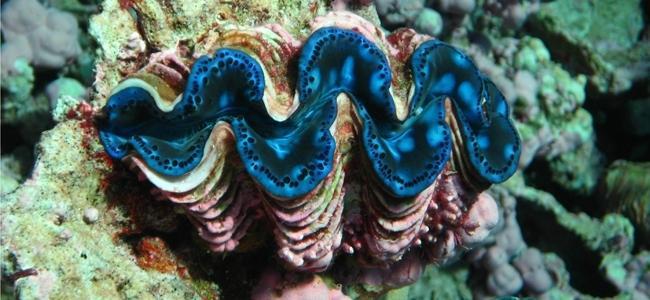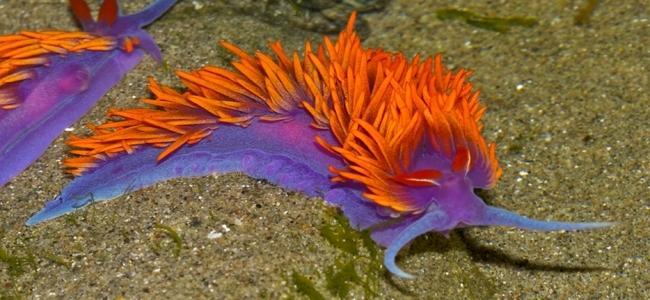Molluscs get their name from the Latin word 'molluscum', which means 'soft', as their characteristic soft body defines them as a group of species. They are the second most numerous group of invertebrate animals after arthropods, representing 23% of all species in the marine environment. It is estimated that there may be about 100,000 different species, among which we find such well-known species as octopuses, squids, cuttlefish, clams, snails. The large number of species of Molluscs means that the variety of shapes, sizes, types of life and life cycles is extraordinarily wide. However, as distinctive features of Molluscs beyond their soft body, we can mention the presence of a mantle, a muscular foot and an organ called the radula.
In many species, the epidermis of the mantle (the back wall covering the visceral mass of the animal) secretes calcium carbonate and forms a shell, which may be composed of one or two shells. In relation to the muscular foot, it is very developed and powerful. The foot has adapted to carry out various functions such as locomotion in Gastropods, although in Bivalves it is used to dig and in Cephalopods to provide jet propulsion. To feed, Molluscs make use of the radula, a specialized organ which is filled with small teeth that they use to tear or cut food before it enters the esophagus.
Molluscs have a highly developed nervous system, which reaches surprising levels of complexity in Cephalopods. Breathing is gill-based in marine species, and pulmonary or cutaneous in terrestrial species.
We are in front of a very adaptable phylum of species, which has allowed that the Molluscs have colonized practically all the marine environments (polar, tropical, subtropical waters, ...) up to depths of more than 5,000 meters.
They are an important source of food for the human species.


